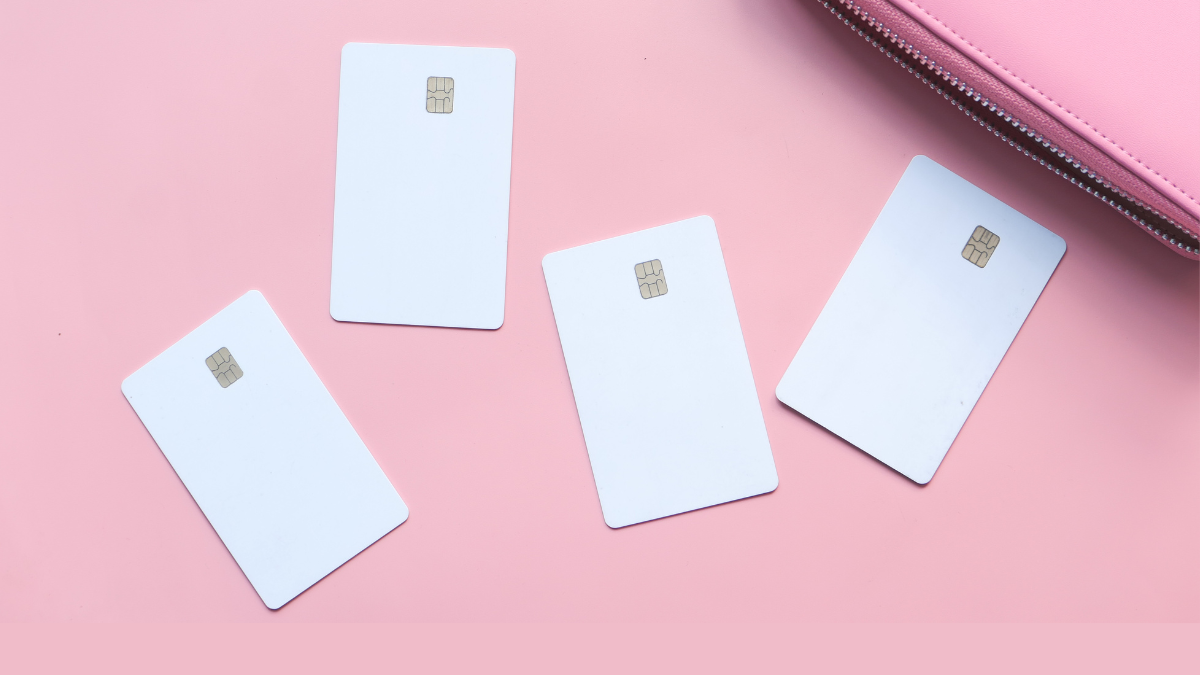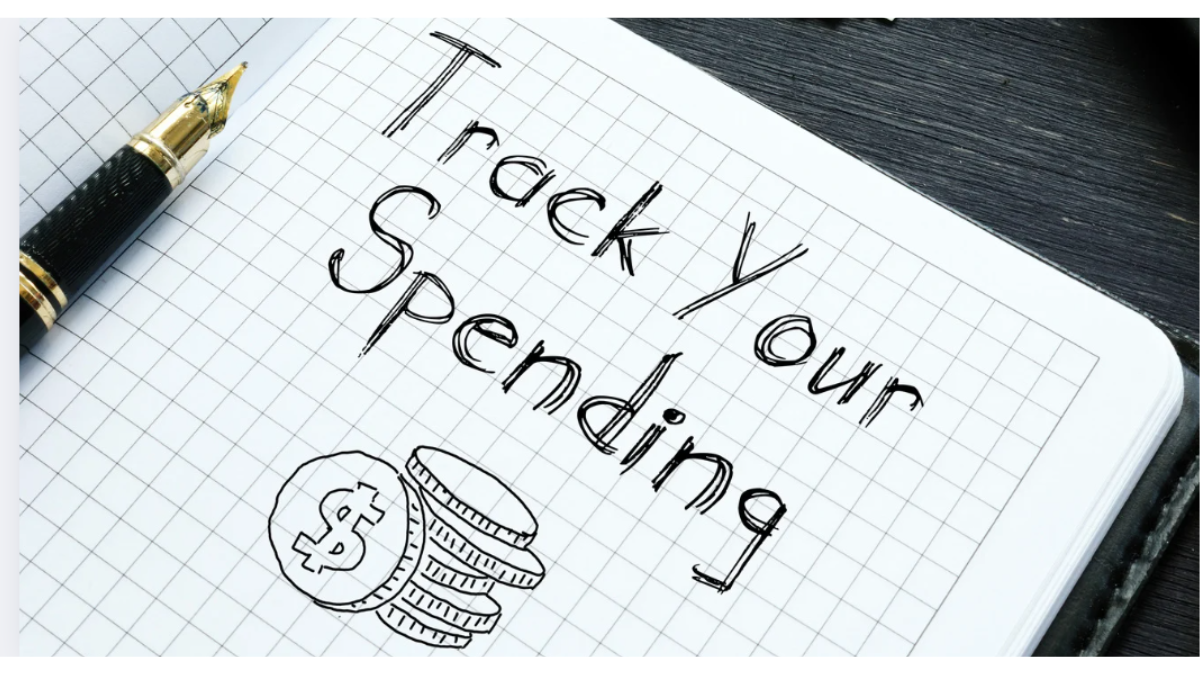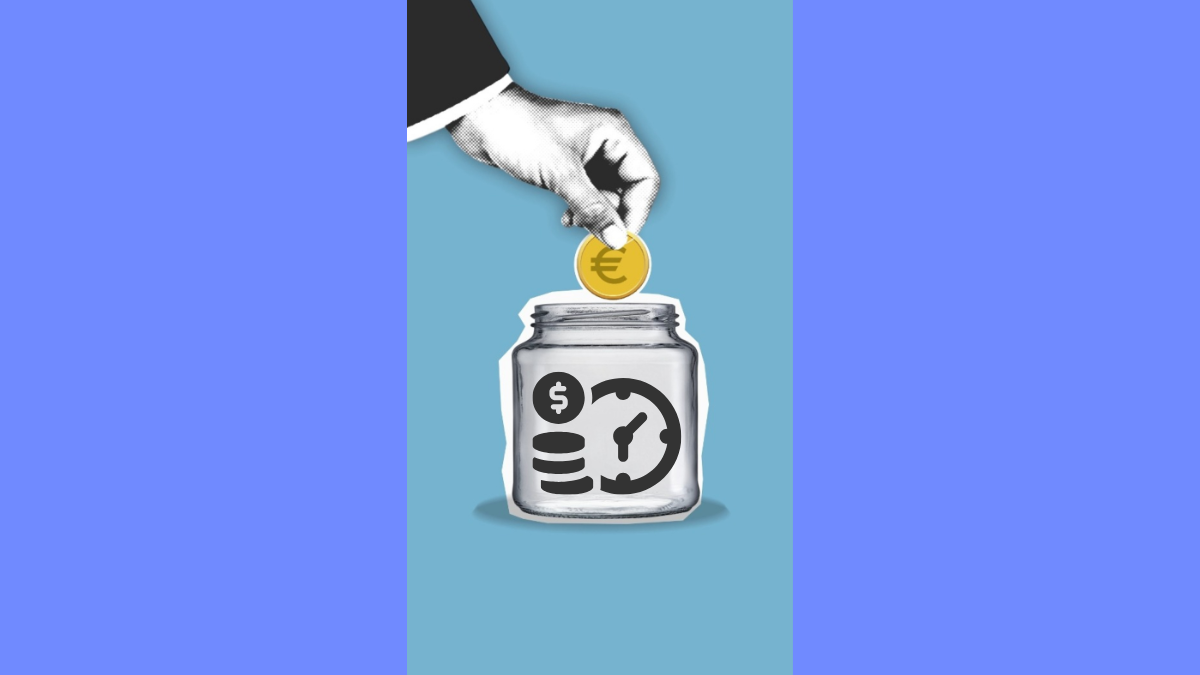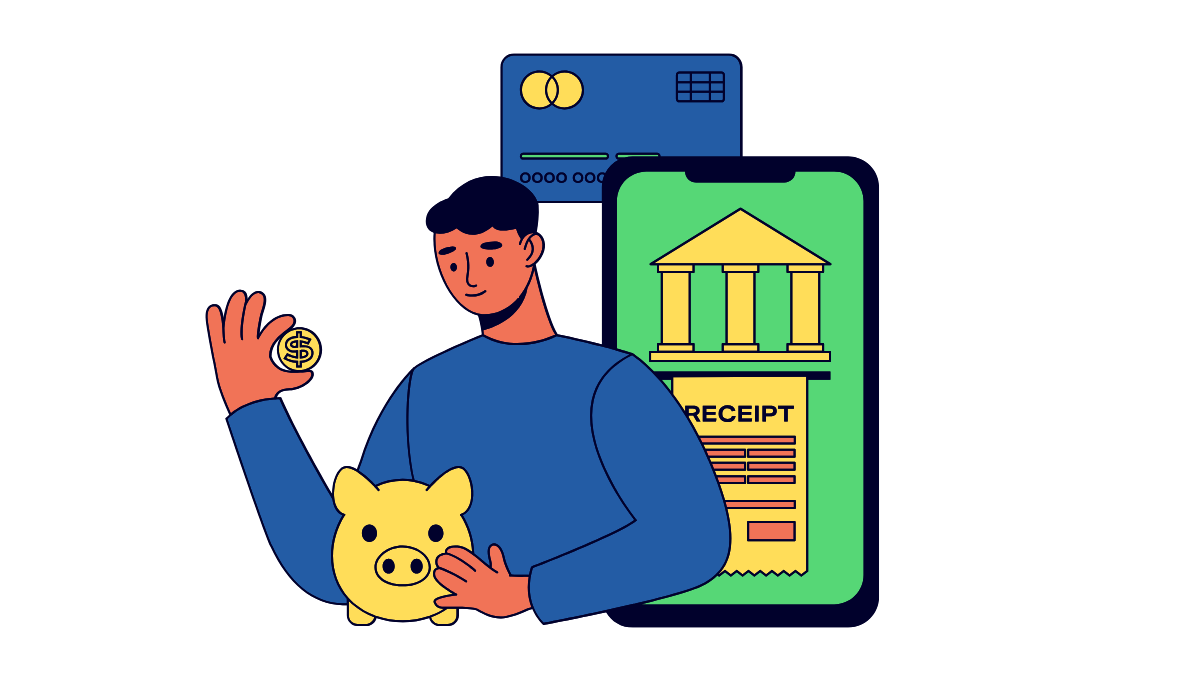What Is Direct Deposit and Why It Matters
Direct deposit is a way for your employer or benefits provider to electronically transfer your paycheck straight into your bank account — no paper checks, no trips to the bank.
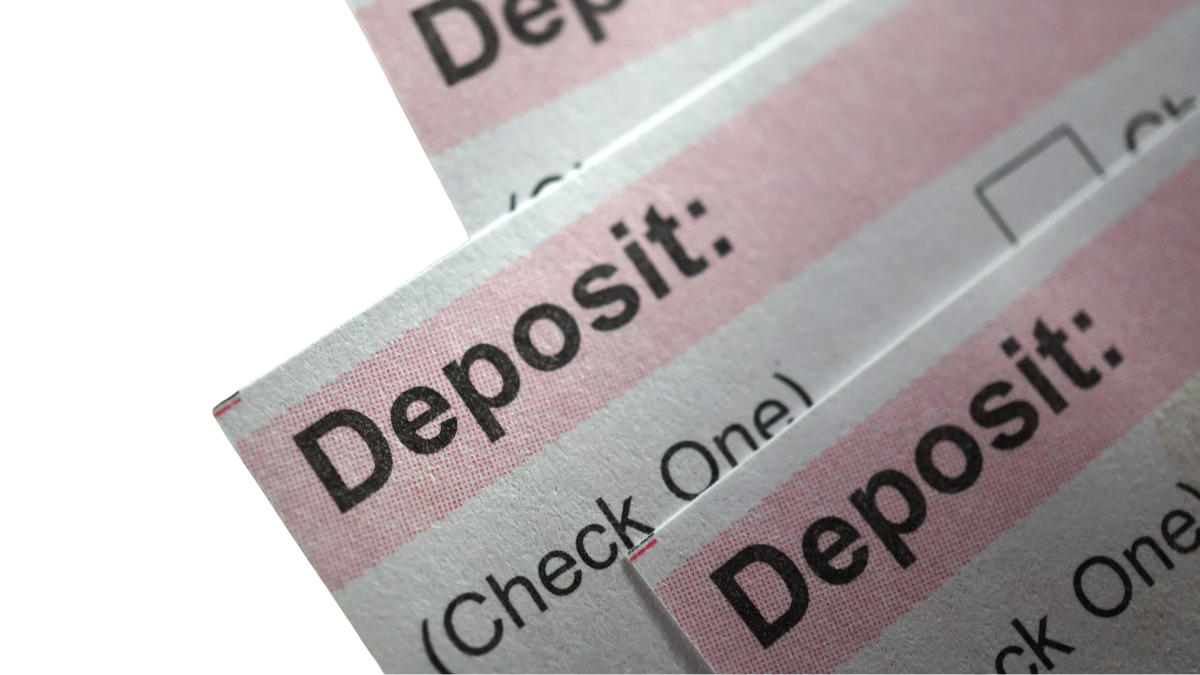
- Faster access to funds — often available days earlier than traditional deposits.
- Safe and secure — no risk of losing or misplacing a check.
- Essential for many services — including government benefits, tax refunds, and automatic savings.
Example: Many banks offer early payday when you use direct deposit — giving you access to your paycheck up to 2 days before your actual payday.
How Direct Deposit Works
Direct deposit moves your paycheck or government benefit directly into your bank account using the Automated Clearing House (ACH) system — a secure, nationwide network that processes electronic payments. Instead of waiting for a paper check, your money arrives electronically and is immediately available.
- Your employer or payer requests your banking details. This includes your account number, routing number, and sometimes a voided check.
- They submit payroll data to their bank or payroll provider, who then initiates the deposit through the ACH network.
- The funds are transferred electronically and typically appear in your account within 1–2 business days — or sooner, depending on your bank’s policies.
Most banks process ACH payments overnight, which means if your employer sends the payment by their cutoff time, you’ll likely see the funds in your account by morning — even earlier with banks that offer “early access” to direct deposit.
Benefits of Setting Up Direct Deposit
Direct deposit isn’t just a convenience — it can improve your overall financial system. By eliminating paper checks and introducing predictability, it allows you to automate key parts of your financial life.
- Faster pay access: Many banks release funds up to 2 days early, giving you a cashflow edge if you’re budgeting tightly.
- More reliable income timing: Knowing exactly when your paycheck lands makes it easier to automate savings, bill payments, and debt payoff.
- Fee savings: No check-cashing or deposit fees. Also, some banks waive monthly service fees when direct deposit is set up.
- Higher account eligibility: Direct deposit is often required to qualify for premium accounts or bank bonuses.
- Security & peace of mind: Avoids the risk of lost checks, mail delays, or fraud related to paper payments.
For freelancers or gig workers, some payment apps like PayPal, Venmo, or Cash App now offer routing/account numbers, making it possible to receive direct deposit even without a traditional employer.
What You Need Before You Start
Setting up direct deposit is straightforward — but one error can delay your paycheck. Preparing your details ahead of time avoids headaches and gets your deposit flowing smoothly. Here’s exactly what to gather:
- Bank Name & Type of Account: Specify whether you want the deposit to go into checking or savings. Some employers allow split deposits.
- Routing Number: A 9-digit code that identifies your financial institution. Available via your bank’s app or website.
- Account Number: Your personal account number (not your debit card number). Double-check for typos.
- Employer Direct Deposit Form: This form may be provided by HR or downloaded from your payroll provider’s portal.
- Voided Check or Bank Letter: Some employers request a voided check or a bank-verified document showing your account details.
If you're using an online or neobank (like Chime or SoFi), you can typically copy your account and routing numbers directly from the app and generate a pre-filled direct deposit form in seconds.
Step-by-Step: How to Set Up Direct Deposit
Once you have your bank information ready, the process of setting up direct deposit is quick. Here’s exactly how it works — whether you're doing it through an employer, government agency, or gig platform.

- Log into your payroll portal or ask your employer for a direct deposit form.
- Enter your banking details: routing number, account number, and whether it’s a checking or savings account.
- Choose deposit method: full paycheck, fixed dollar amount, or percentage split between multiple accounts.
- Upload a voided check or direct deposit letter if required for verification.
- Submit and wait: most direct deposits are active within 1–2 pay cycles, though some start immediately.
If you’re self-employed or receiving government benefits, look for a “payment settings” section in your online portal to add your deposit info manually.
How Long Does It Take?
Direct deposit setup is usually quick — but processing time can vary based on your employer, bank, and payroll system. Here’s what to expect:
- First-time setup: Most employers take 1–2 pay cycles to process your request. If you submit just before payroll closes, you may need to wait an extra period.
- Government benefits: Social Security and other federal benefits typically activate within 30–60 days of submission, though often sooner with accurate information.
- Gig platforms: Apps like DoorDash or Uber may activate direct deposit within 3–5 business days, often faster with neobanks.
- Changing accounts: If you’re switching where your paycheck lands, there may be a temporary pause or delay — make sure to keep your old account open until the transfer is verified.
Once your direct deposit is live, paychecks should arrive consistently — often faster than paper checks, and in some cases, early by 1–2 days.
Tips for Troubleshooting Common Issues
Direct deposit is usually smooth, but hiccups can happen — especially if forms are incomplete, bank info is outdated, or employers use older payroll systems. Here’s how to handle the most common problems:
- Deposit hasn’t arrived: Check if you recently changed banks or submitted your form close to the payroll deadline. It may still be processing — contact HR or support for confirmation.
- Deposit went to the wrong account: This usually means a typo in your account or routing number. Notify HR or payroll immediately to stop future deposits and update your info.
- Bank rejected the deposit: If your bank account was closed or mismatched, the funds will be returned to the sender. You may receive a paper check as a backup.
- Partial deposit or split funds: Some employers allow split deposits (e.g., 80% to checking, 20% to savings). Double-check your allocation if the full amount isn’t showing.
- Still waiting on activation: Some systems require a pre-note period (a zero-dollar test deposit). This can delay activation by one pay cycle.
Resources
Advertiser Disclosure
The IRS explains how direct deposit ensures faster, safer payments and how to avoid errors.

Official instructions for setting up deposit if you’re receiving Social Security, SSI, or disability payments.

Clear breakdown of how to fill out forms, verify info, and track your first deposit.

